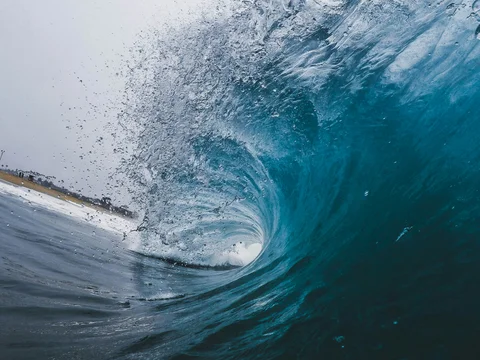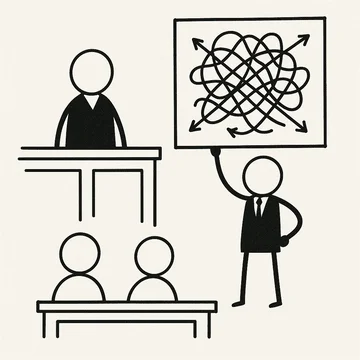Before the Supreme Court held in Markman v. Westview Instruments that claim construction is an issue of law to be decided by the judge, and not the jury, parties would often build alternative theories of infringement and invalidity into their contentions and expert reports to take into account the different claim construction positions being argued. Because they couldn't know which position would be accepted, they were forced to plan for both, and present theories under both at trial.
Markman changed that practice. Now that claim construction is almost always decided before trial (and usually before expert reports), parties can focus on the judge's construction while building their trial presentation. However, it is worth remembering that pretrial claim construction is not set in stone, and that the judge can modify that construction based on any number of inputs, including the evidence at trial and the parties' evolving arguments.
Judge Noreika did exactly that in a ruling issued earlier this week, leading to a non-infringement finding for the defendant, and eliminating the need for a post-trial opinion on the evidence and argument submitted during trial under the prior claim construction.
In a post-trial claim construction ruling in TriMed, Inc. v. Arthrex, Inc., C.A. No. 18-666-MN, Judge Noreika revisited her earlier construction of the term "wrap around a terminal endpoint of the bone" (the patent is directed to plates used in fixing bone fractures). She noted that her earlier ruling had adopted the defendant's position, but that during summary judgment and other pretrial submissions, it became clear that a dispute was brewing about whether the term required a "specific geometric relationship" between features of the plate and the bone axis, and the impact bone morphology might have on the claimed positioning of the plate features.
Although the Judge was aware of the dispute over whether the accused plate satisfied the "wrap around" limitation, she could not tell whether it was a claim construction dispute or an infringement dispute at the summary judgment stage, and advised the parties of her concerns at the hearing. After the dispute was raised again in the pretrial order, Judge Noreika instructed the parties "to make a clear record [at trial] on the disputes from the vantage point of both claim construction and infringement," and noted that she might ask the parties' experts questions on claim construction as well as the infringement issues.
In post-trial briefing, the parties re-argued their positions about the meaning of the "wrap around" term (in addition to setting forth their positions on infringement and invalidity under the original construction). Notably, the plaintiff TriMed "did not cite any evidence to show infringement under Arthrex’s proposed revised construction," likely because it had not presented any at trial.
Judge Noreika concluded that the dispute was one of claim construction, and that it must be resolved. She explained the justification for modifying the Court's construction of the "wrap around" term after the conclusion of the bench trial and post-trial briefing, putting some of the blame on the parties for failing to zero in on the relevant dispute earlier:
Parties are expected to abide by claim constructions rendered by the Court. Although claim construction may sometimes be a rolling process, it is the Court that decides when to resolve issues of claim construction and, of course, there is a point when it is too late to revisit claim construction. The Court believes, however, that revisiting the construction of the “wrap around” term is necessary and appropriate here because the parties did not adequately present the technology at issue during the initial claim construction process, the parties were repeatedly warned before trial that the Court was concerned that its construction did not resolve the parties’ dispute and this case did not involve jury concerns.
The Judge sided with defendant Arthrex regarding the meaning of the "wrap around" term. Because TriMed had agreed that "under the proposed revised construction, it did not present evidence at trial to satisfy its burden of proof on infringement," and because Arthrex had agreed that dismissal of its invalidity counterclaim as moot would be appropriate upon a finding of non-infringement, the Judge concluded that no further post-trial opinion on infringement or invalidity was required. She ordered the parties to submit a form of judgment in defendant's favor.
If you enjoyed this post, consider subscribing to receive free e-mail updates about new posts.






